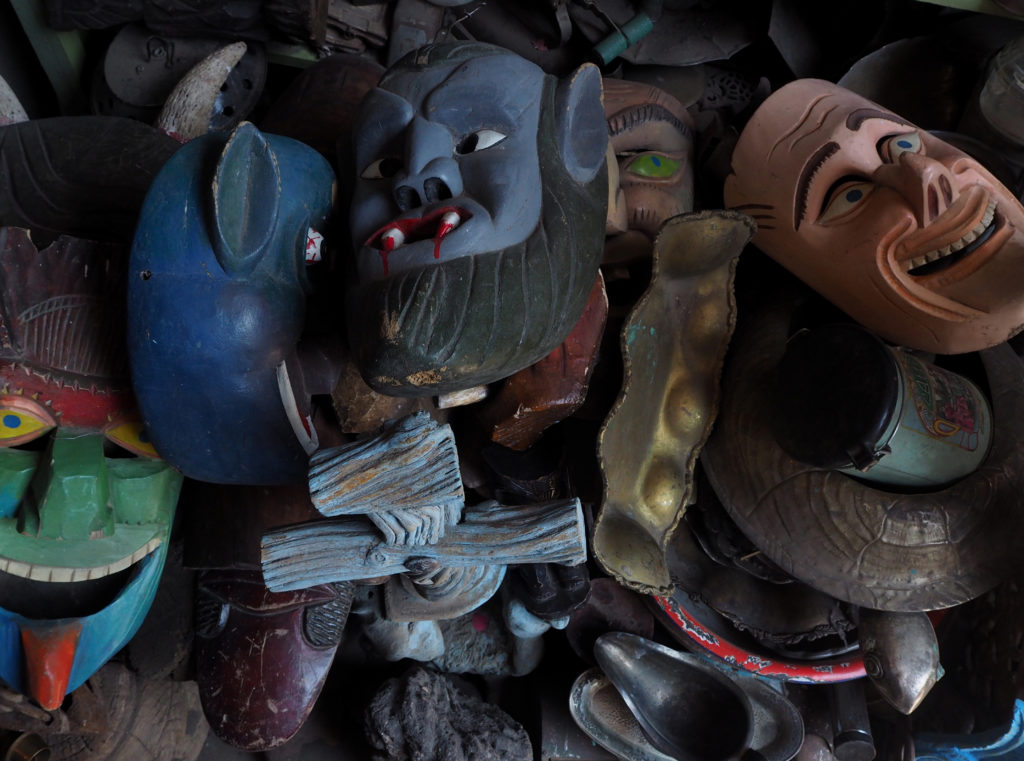This is the second in a series of posts by guest blogger Milton Moore, a longtime music critic who has covered a wide array of genres.
* * *
When Scott invited me to write about the new music I was sharing with him, we immediately faced a dilemma: What to call this stuff?

Some of this might slip into the classical bin, but it doesn’t really target the Mozart audience or fit in standard concert venues. Some of this fare gets called world music, but these days, that seems just a lazy catch-all for music from far away that found you on the internet. Some of this music is saddled with the goofy tag “folktronica,” but I pledge never again to type that word, out of respect for Bartók and the other field recording pioneers who began this mining of traditional veins.
Most of these composers seem like variations on the singer-songwriter genre, more in line with a lineage from the Beatles to Bang on a Can and the Philip Glass Ensemble than the lineage of Beethoven to Bernstein. Most perform their own compositions and many sing. It’s not an exclusive club – in fact leaps of technology have opened the doors wide – but it’s one that’s hard to define.
Labels matter. A few years back, I reviewed a concert by the string quartet Brooklyn Rider, a program that culminated with the quartet scaling Beethoven’s towering Opus 131. But that chamber concert also featured the musicians standing to sing a Colin Jacobsen strings-and-voice transcription of a Joao Gilberto song. I called the performance “alt-classical,” a label I just plucked out of the air only later to find that’s a term many detest. I still think “alt classical” is descriptive, but we all respond to peer pressure to some degree. At an NEA critics’ workshop I attended, music historian and critic Joe Horowitz was campaigning the label “post classical,” but we all pushed back – our editors would never buy that.
Labelling music can be a challenge, but never more so than today. We live in the most exciting period for music I can remember. If we exclude industrial music, the hiphop and the anthemic ballads and the crooners in cowboy hats that are marketed by the music industry, we can find so much new music aboil with Big Bang energy.
No single term can define what’s happening. Today we have musicians who are equally at home performing in a pub or in a concert hall. Some are former rockers with a keyboard, and some are conservatory grads with a cello and a computer. It’s a polyglot brood spawned of such disparate sources as electronic dance music and Yale programs in composition. What they share is the urge to put aside pretension and formalism and just make music.
To define this stuff, I could just revert to the null hypothesis: Is it popular music? No, it’s certainly not popular. But promoting “unpopular music” is a non-starter for all the obvious reasons. Perhaps the best null name is owned by a British production company and label: Nonclassical. You sort of know it when you hear it.
Oddly enough, the inverse of the oft-reported death of classical music seems to fuel much of this wave of creativity. The world has a glut of highly trained musicians. Conservatories are creating more skilled performers and composers than ever before – far more instrumentalists than there are seats available in established orchestras. Many of these new genre musicians are offspring of the Brian Eno crossover of the Seventies, but just as many hold masters’ degrees in music performance and are creating new outlets for their talents.
Most of this music coming at us from the margins is short-form. The composers on the techno-Eno axis are accustomed to brevity. The more classically aligned composers who hope to get their music performed by an orchestra know that music directors are much more likely to program a 10- or 12-minute piece than a long, multi-movement opus from a contemporary composer, atuned their audiences’ tolerance for the unfamiliar.
Many of these musicians share a willingness to follow new directions for familiar material, leaving the confines of classical forms behind. They draw on folk roots from their heritage or create mashups of eras and genres and instrumentation. The classical audience, having recovered from a couple generations of serialism, is less averse to the new, and the works of musicians such as John Williams and Kurt Weill have been able to gate-crash the or chestral repertoire.
All music speaks for itself, if you are open to actually hearing it. Why would we need to label it all?
– Milton Moore, mmoore3@gmail.com
